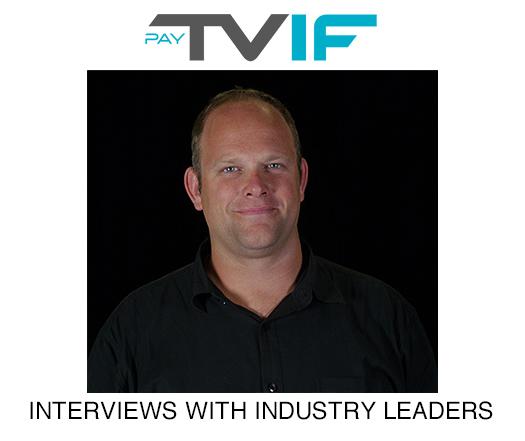
The Pay-TV Innovation Forum is a global research programme for senior pay-TV and content executives, developed by NAGRA and MTM, and designed to catalyse growth and innovation across the global TV industry, at a time of tremendous change and disruption.
As part of the programme, we are publishing a series of interviews with leading TV industry executives from around the world to explore their views, perspectives and experiences of innovation. In this interview, Stefan Van Engen, SVP Content Programming & Acquisitions at xumo, the AVOD OTT service, shares his views on growth of linear AVOD services and what that means for the pay-TV industry.
What impact do you expect linear AVOD OTT services to have on the pay-TV industry?
I believe that AVOD services could be a bigger disruptive force for the traditional pay-TV industry than big SVOD OTT services, like Netflix. I’d say that AVOD linear streaming services, like xumo, Pluto TV, The Roku Channel, IMDb TV from Amazon and Samsung TV+, are more of a direct competitor. The usage of AVOD linear services is much more similar to traditional pay-TV – people can lean back, flip through channels and find something to watch like 24/7 news channels or just background television for thirty minutes. Whereas SVOD services are largely premium, add-on services to either traditional cable subscription or, increasingly, AVOD offerings. Maybe we’re moving to a world where SVOD services will be consumers’ active premium VOD choices, and AVOD services will offer the lean-back experience with great discovery functionality. Also, if we look at public statements from senior executives at the major media companies recently, SVOD fatigue is a key theme.
What do you think are the most exciting aggregation opportunities for pay-TV operators?
As audience tastes shift to different brands and content experiences, pay-TV operators are going to have to adapt their packages and aggregation strategies. Pay-TV operators today need to take away the need for consumers to use additional connected devices and aggregate all types of content that are being demanded. First, that means adding all SVOD services, such as Netflix, to their packages and making it easy for consumers to subscribe to them. However, it could also mean adding AVOD services, such as xumo, as well. AVOD linear streaming offers something different to traditional channels. For example, there’s an audience now that has grown up with a content brand like Tastemade as their introduction to food television – not the Food Network – and, going forward, this audience is going to expect to be able to access this content through their pay-TV service.
Will we see more traditional content providers entering into advertising revenue-sharing deals?
Content providers distributing their content on AVOD services are getting used to advertising revenue-sharing deals. They’re moving this way because they understand that advertising dollars are moving this way too – for example there are more upfront deals now for properties like The Roku Channel or Xumo – and they will want a share of those advertising revenues. The major, traditional content providers that can still collect both affiliate fees and advertising dollars will clearly stick with this model as long as possible but, for other players, this new model can be a way to monetise content effectively.
How can first-party data be used to improve consumer experiences or business outcomes?
As a digital-first business, we have lots of first-party data on our audiences such as location data and real video consumption data. We often stitch together programming from content providers and we can leverage this data when making these decisions, especially when supporting content partners who have vast libraries of content.
Aside from supporting with programming decisions, data is also being used to support our marketing activity. For example, if we see that a user has watched the PGA tour channel on xumo and loves the live events, we can target these users with second-screen reminders or retargeting campaigns to raise awareness of certain programming. It drives huge conversion rates from a marketing perspective.
We’re also moving towards personalisation, although we’re not quite there yet. We want to be able to offer recommendations based on the types of content and channels you like, or the time of day.
What impact will the digital giants have on the pay-TV industry?
I believe that the FAANGs will present partnership opportunities for the pay-TV industry, rather than pose a threat. There was real concern in the market when Facebook Watch was launched or when Snapchat announced they’d be investing in original content, but much of this appears to have been an over-reaction. While Google and Facebook do have enough data to serve you exactly what you want, when you want it and how you want it – which can drive consumption – I don’t think people actually want to watch content in that way. I see a partnership-based future where they can help with targeting for more robust content platforms.
